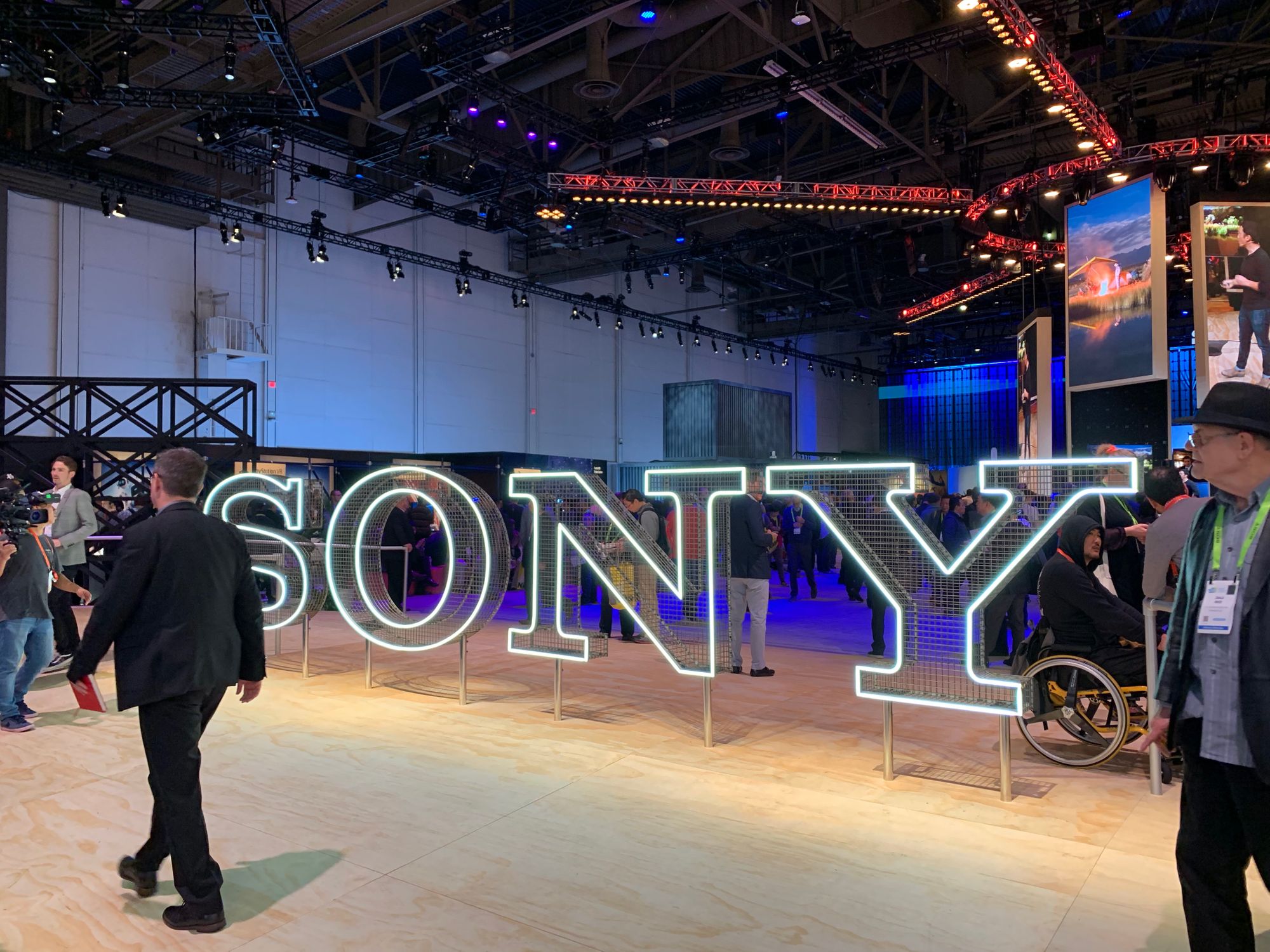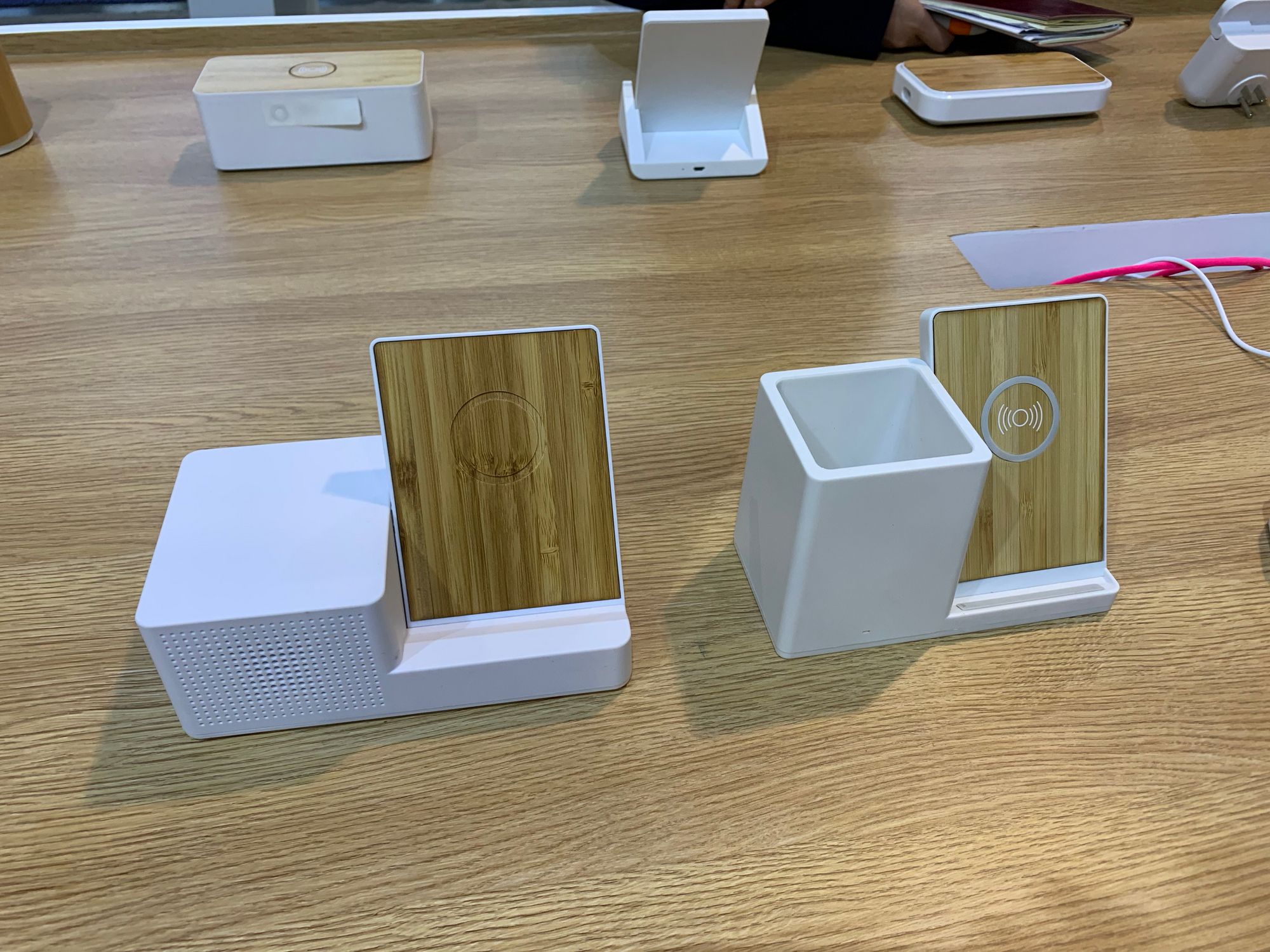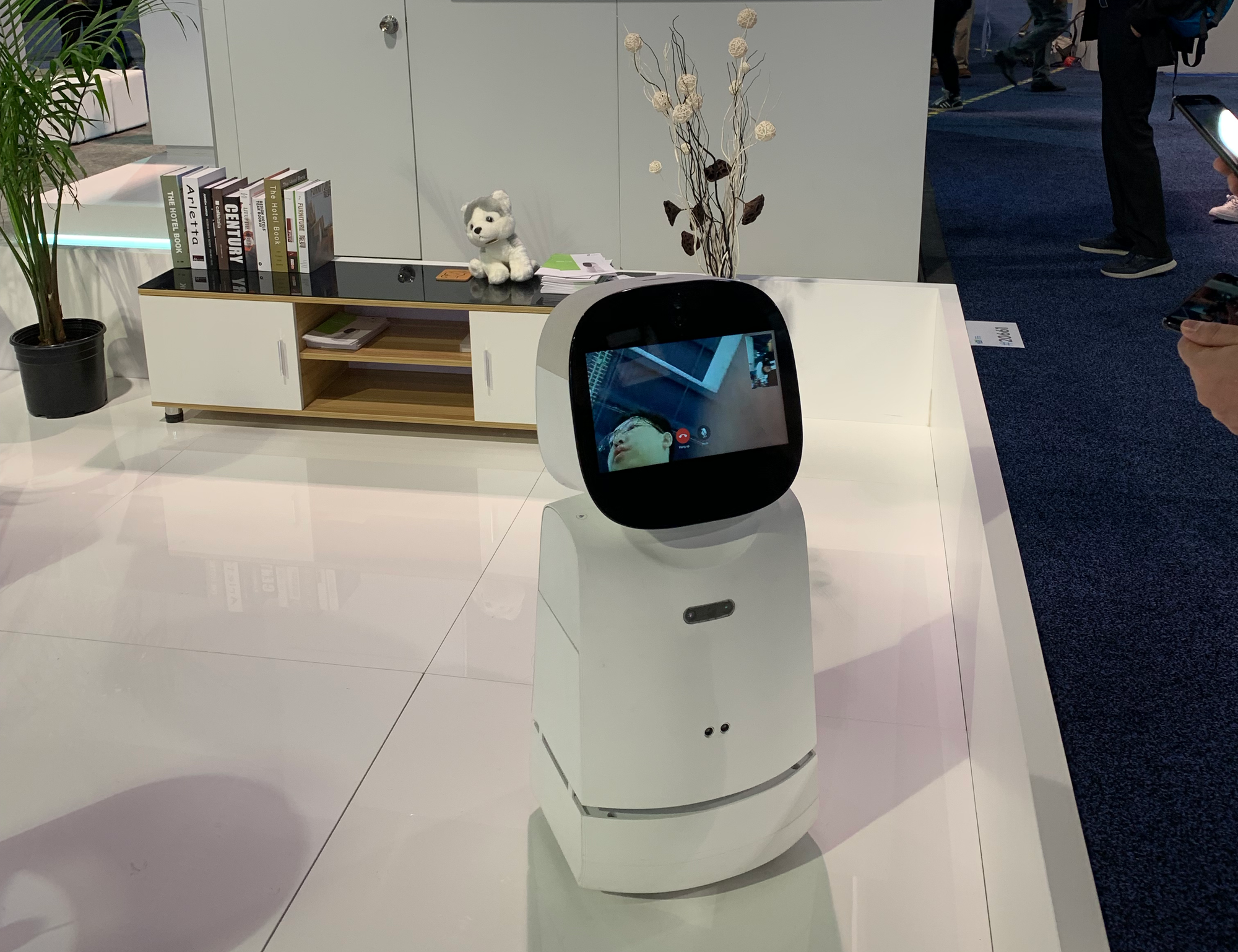Well, its official: everything is now "smart." At CES 2019 I discovered the "smart sofa." Yes, it is as bad as you imagine.

The Miliboo Smart Sofa is billed as a smart home control platform complete with LED lighting, WiFi, Bluetooth, wireless chargers in the armrests, and its own sound system. Product designers of the world, please keep in mind: just because you can, doesn't mean you should. How many distinct hubs and platforms do we really need? Why a sofa? I think the answer is "why not?" To top it off, CES judges rewarded this mashup with an 2019 Innovation Award. If you do buy one of these things for that ultimate IoT home, I would be careful not to spill a drink.




I had a chance to catch up with some colleagues at Moen who were showing off their FLO by Moen leak detection system. I was also pleased to see that Moen was showing the U by Moen smart shower in a new darker finish. This gives a nice option for those looking to match more modern shower hardware.
Kohler and Toto also had a big presence at CES this year. Kohler has a lighted mirror that can also act as the interaction point for their smart bathroom ecosystem, which struck me as a good idea. Also, apparently toilet seat warmers are a thing.
Toto had a really impressive display of products. Their industrial design is outstanding and they have long been innovators in the plumbing space. They were honored for the NEOREST Flotation Tub that promises a near zero-gravity experience in the tub by designing the curvature of the tub in a way to distribute your weight. I'll admit: it looks pretty comfortable.

Attention product managers everywhere: "works with voice" is now an expectation. Everywhere you look this year, products are designed to work with voice assistants from at least once of the big players in this space. Amazon didn't just have a booth dedicated to Alexa — they had a whole ballroom. I stay fairly up to date with Alexa, so I have to admit that the highlight for me was actually the Audi e-tron on display. The e-tron will feature Alexa integration in the dash.
Based on what I saw at CES, Amazon Alexa and Google Assistant are the clear front runners for presence in other brand's products. Apple, once a contender in this space, hasn't seemed to pick up any inertia after the release of the HomePod in February 2018. Anyone remember the promise of Microsoft Cortana devices? While a Harman/Kardon Invoke device did launch, the more interesting Harmon device at CES this year is an updated version of the Sprint Magic Box, an LTE small cell that not only boosts service inside, but also has an Alexa integrated sound system. It was a good reminder to me that Sprint still exists.

Smart health and accessibility seemed to be everywhere this year. I was really impressed with some products aimed at the aging population. After trying and giving up on finding a good product in this area for my mom, I was excited to see the assistant from Pillo Health. This does look like it would simplify the consumer experience for aging or impaired users. I like that it didn't have twenty-eight little doors and lights and buzzers that sound like surplus from a Titan II missal silo (yes, I'm talking about you, MedMinder). I had a chance to talk to the folks at AARP Innovation Lab about some of the work they are doing. I'm honestly not entirely sure what they are doing at CES; it wasn't clear if they were lobbying, advocating, reviewing, or acting as an accelerator, but I was happy to see them embrace their position as someone who can help push for accessible products and universal design.

Another promising product in this space included a robotic prosthetic hand that will be offered at a sub $5,000 cost. The same company was playing with both muscular and brain activity control of their prosthetics. I'm glad to see innovation in this area that also is cost effective.


I thought the Sony area was one of the best designed exhibits of the show. It was in a dark corner with plywood floors and blue mood lighting. One of the nice touches was the Sony sign was at the top of a slight ramp that lead the visitor up and down in to the space. The ramp really served no purpose other than giving the Sony area a great sense of place. Google was impressive simply based on the obvious investment they made in their CES space. I happened to talk to someone from a large exhibit design firm who called my attention to the fact that Google poured a concrete foundation and built an 18,000 square foot, two-story structure with an amusement park ride on the top floor on a lot that is normally for parking. Just think of cost of demolition and removal of the slab alone. Google also had human "Google Assistants" positioned throughout the conference. While noticeable, it wasn't really clear what their purpose was.


I always love seeing brands at CES that I didn't expect. This year, some of the best of show were Proctor and Gamble and John Deere. The presence of big respectable brands like this are a sign of how important technology has become to consumers. Electronics are being integrated in to all kinds of products and CES seems to be slowly becoming the CS (Consumer Show).

Wireless chargers were everywhere this year — it reminded me of the massive number of iPhone cases that flooded CES a number of years ago. Seems like everyone but Apple can launch a wireless charger.
I may write a separate post about some of the interesting products related to wearables and sustainability that were at the show this year. CES is always overwhelming, but these were a few of the highlights this year for me.
